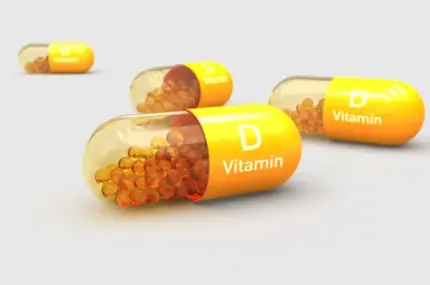 Welcome
Welcome
“May all be happy, may all be healed, may all be at peace and may no one ever suffer."
Disinfection of the skin and hands - Generics
Disinfection of the skin and hands is an important measure to prevent the spread of infection, especially in healthcare settings. Disinfection can be achieved through the use of chemical agents that are effective against a wide range of microorganisms, including bacteria, viruses, and fungi.
There are two main methods of disinfection of the skin and hands: hand hygiene and antiseptic skin preparation.
Hand hygiene involves washing the hands with soap and water for at least 20 seconds, followed by thorough rinsing and drying. This method of disinfection is effective for removing dirt, oil, and microorganisms from the skin surface. However, hand hygiene may not be sufficient for complete elimination of microorganisms, especially in healthcare settings where there is a higher risk of transmission.
Antiseptic skin preparation involves the use of a chemical agent, such as alcohol-based hand rubs or antiseptic wipes, to reduce the number of microorganisms on the skin surface. Alcohol-based hand rubs are effective for rapid and easy disinfection of the hands, but they may not be effective against certain types of bacteria or viruses. Antiseptic wipes are effective for disinfection of the skin surface before invasive procedures or surgeries.
It is important to follow proper hand hygiene and antiseptic skin preparation protocols to ensure effective disinfection. This includes using the appropriate type and amount of disinfectant, covering all surfaces of the hands or skin, and allowing sufficient time for the disinfectant to dry before contact with patients or equipment. Healthcare professionals and individuals in other high-risk settings should consult their healthcare provider or infection prevention specialist for specific guidelines and protocols for disinfection of the skin and hands.

Streptococcal pharyngitis...

Iodine deficiency disorde...

Dental anesthesia

Rashes

Skin infections

Menopausal hormone replac...

Migraine prophylaxis

Postpartum hemorrhage
Disinfection of the skin and hands, ত্বক এবং হাত নির্বীজন
To be happy, beautiful, healthy, wealthy, hale and long-lived stay with DM3S.